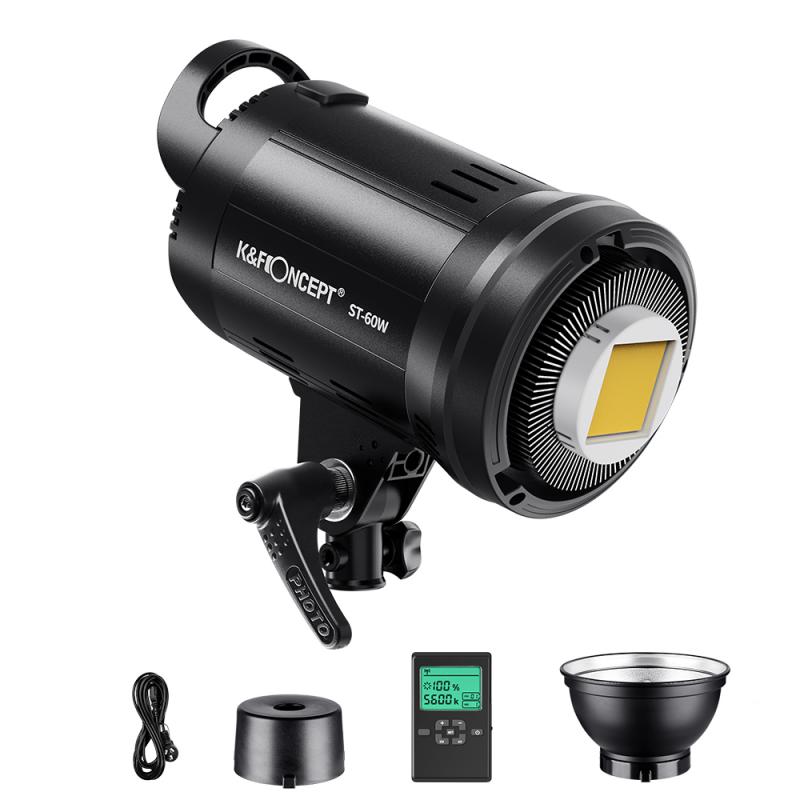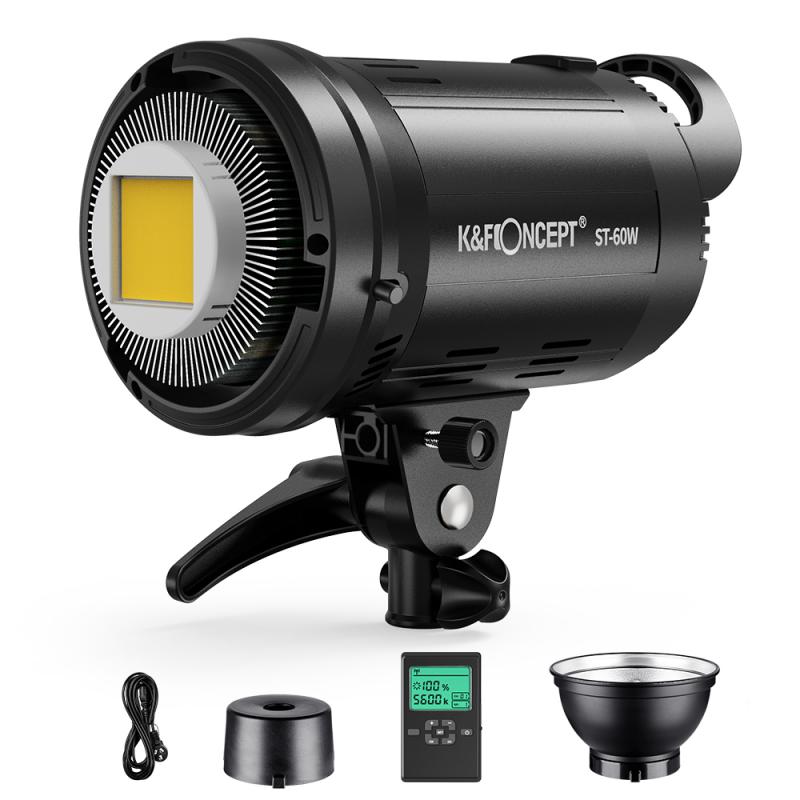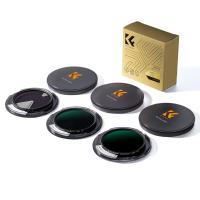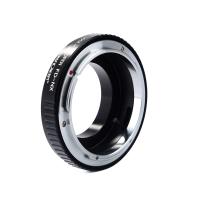How Much Can A Light Microscope Magnify ?
A light microscope can typically magnify objects up to 1000 times their original size.
1、 Resolution: The ability to distinguish two closely spaced objects.
A light microscope is a widely used tool in scientific research and allows scientists to observe and study a variety of specimens. When it comes to magnification, a light microscope can typically magnify an object up to around 1000 times its original size. However, it is important to note that the maximum magnification of a light microscope is limited by the wavelength of light used.
Resolution, on the other hand, refers to the ability of a microscope to distinguish two closely spaced objects as separate entities. The resolution of a light microscope is determined by the numerical aperture of the lens and the wavelength of light used. According to the Abbe diffraction limit, the maximum resolution of a light microscope is approximately half the wavelength of light used. This means that the resolution of a light microscope is limited to around 200-300 nanometers.
However, recent advancements in microscopy techniques have pushed the limits of resolution beyond the traditional diffraction limit. Techniques such as confocal microscopy, structured illumination microscopy, and super-resolution microscopy have allowed scientists to achieve resolutions beyond the diffraction limit. These techniques utilize various methods to overcome the diffraction barrier and achieve resolutions in the range of tens of nanometers or even down to the molecular level.
In conclusion, while the maximum magnification of a light microscope is around 1000 times, the resolution is limited to approximately 200-300 nanometers. However, with the advent of advanced microscopy techniques, scientists can now achieve resolutions beyond the diffraction limit, enabling them to study specimens at a much finer level of detail.

2、 Magnification: The degree to which an object is enlarged.
A light microscope is a widely used tool in scientific research and education, allowing scientists and students to observe and study microscopic objects. Magnification is a key feature of a microscope, as it determines the degree to which an object can be enlarged and observed in detail.
The magnification of a light microscope depends on several factors, including the design and quality of the microscope, the objective lenses used, and the eyepiece magnification. Typically, light microscopes have multiple objective lenses with different magnification powers, ranging from 4x to 100x or higher. The eyepiece magnification is usually 10x, although some microscopes may have higher eyepiece magnifications.
To calculate the total magnification of a light microscope, you multiply the magnification of the objective lens by the magnification of the eyepiece. For example, if you are using a 40x objective lens and a 10x eyepiece, the total magnification would be 400x (40x multiplied by 10x).
It is important to note that the maximum useful magnification of a light microscope is limited by the resolving power, which is the ability to distinguish two closely spaced objects as separate. The resolving power of a light microscope is determined by the wavelength of light used and the numerical aperture of the objective lens. According to the Abbe diffraction limit, the maximum resolving power of a light microscope is approximately 0.2 micrometers (or 200 nanometers).
In recent years, advancements in microscopy techniques have pushed the limits of light microscopy. Techniques such as confocal microscopy, super-resolution microscopy, and structured illumination microscopy have allowed scientists to achieve higher resolution and magnification beyond the traditional limits of light microscopy. These techniques have enabled researchers to observe and study cellular structures and processes in greater detail.
In conclusion, the magnification of a light microscope can vary depending on the objective lenses and eyepiece used. However, the maximum useful magnification is limited by the resolving power of the microscope, which is typically around 200 nanometers. With the advent of advanced microscopy techniques, scientists have been able to achieve higher resolution and magnification, pushing the boundaries of what can be observed and studied using light microscopy.

3、 Numerical Aperture: Determines the resolving power of a microscope.
A light microscope is a widely used tool in scientific research and education, allowing us to observe and study microscopic structures and organisms. One important aspect of a light microscope is its ability to magnify the image of the specimen being observed. However, the magnification power of a light microscope is not solely determined by the microscope itself, but also by the objective lenses used.
Objective lenses are the primary magnifying components of a light microscope. They come in various magnification powers, typically ranging from 4x to 100x. When combined with the eyepiece lens, which usually provides an additional 10x magnification, the total magnification of a light microscope can range from 40x to 1000x.
However, it is important to note that the maximum magnification power of a light microscope is not the only factor that determines the quality of the image. The resolving power, or the ability to distinguish between two closely spaced objects, is also crucial. This is where the numerical aperture (NA) comes into play.
Numerical aperture is a measure of the light-gathering ability of an objective lens. It is determined by the design and quality of the lens and is usually indicated on the lens itself. The higher the numerical aperture, the better the resolving power of the microscope. This means that with a higher numerical aperture, the microscope can distinguish smaller details and provide a clearer image.
In recent years, advancements in lens technology and microscope design have led to improvements in both magnification power and resolving power. High numerical aperture lenses, such as oil immersion lenses, can provide exceptional resolving power, allowing scientists to observe even smaller structures and details.
In conclusion, the magnification power of a light microscope can vary depending on the objective lenses used, typically ranging from 40x to 1000x. However, the resolving power, determined by the numerical aperture, is equally important in determining the quality of the image. With advancements in lens technology, light microscopes can now provide higher magnification and improved resolving power, enabling scientists to explore the microscopic world with greater detail and precision.

4、 Objective Lenses: Different magnification options provided by the lenses.
A light microscope is a widely used tool in scientific research and education, allowing us to observe and study microscopic structures and organisms. One of the key features of a light microscope is its ability to magnify the image of the specimen being observed. The magnification power of a light microscope is determined by the objective lenses used.
Objective lenses are the primary lenses in a light microscope that are responsible for magnifying the specimen. These lenses are available in different magnification options, typically ranging from 4x to 100x or higher. The magnification power of an objective lens is usually indicated by a number followed by an "x" (e.g., 10x, 40x, 100x).
The magnification power of a light microscope is calculated by multiplying the magnification of the objective lens with the magnification of the eyepiece. For example, if a microscope has a 10x objective lens and a 10x eyepiece, the total magnification would be 100x (10x objective lens x 10x eyepiece).
The maximum magnification that can be achieved with a light microscope depends on various factors, including the quality of the lenses, the numerical aperture of the lenses, and the resolution of the microscope. In general, light microscopes can achieve magnifications up to 1000x or higher, depending on the specific microscope model and the lenses used.
It is important to note that while higher magnification can provide more detailed views of the specimen, it is not the only factor that determines the quality of the image. Factors such as resolution, contrast, and depth of field also play crucial roles in obtaining clear and accurate microscopic images.
In recent years, advancements in technology have led to the development of more sophisticated light microscopes, such as confocal microscopes and super-resolution microscopes. These instruments can achieve even higher magnifications and resolutions, allowing scientists to observe and study structures at the nanoscale level.
In conclusion, the magnification power of a light microscope is determined by the objective lenses used, with different magnification options provided by the lenses. Light microscopes can typically achieve magnifications up to 1000x or higher, depending on the specific microscope model and the lenses used. However, it is important to consider other factors such as resolution and contrast for obtaining high-quality microscopic images.




























There are no comments for this blog.